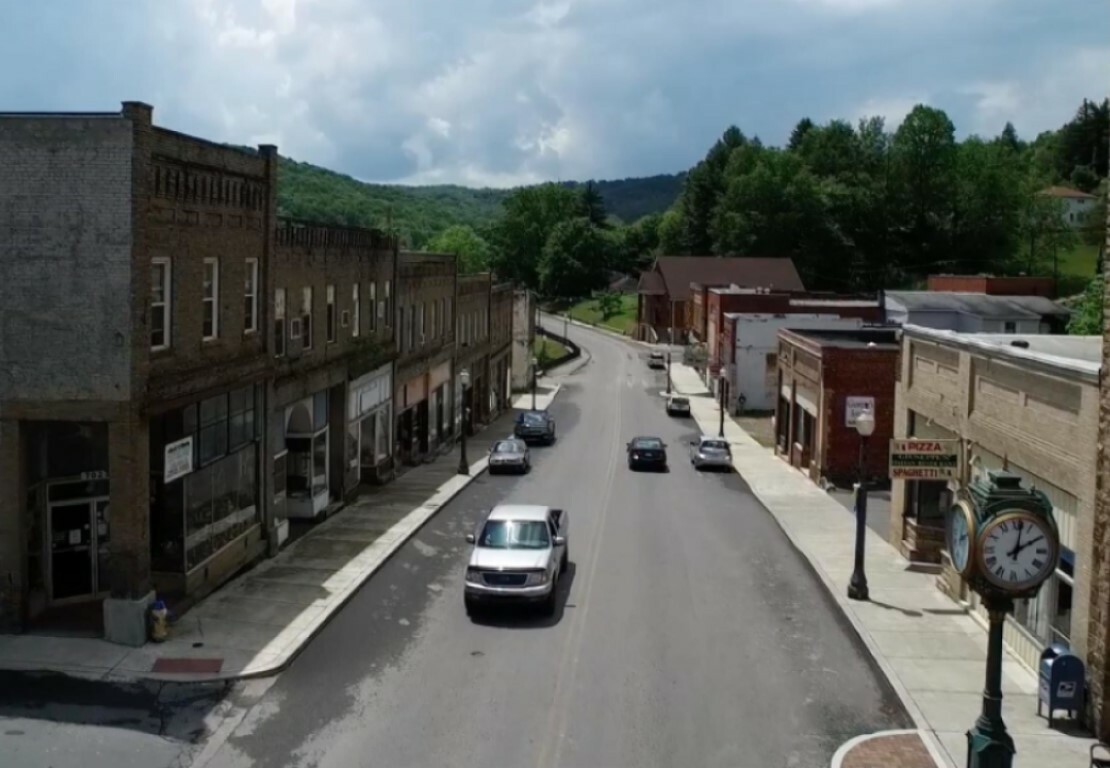In Our Backyards Initiative
Ending mass incarceration where it begins
Mass incarceration is no longer just an urban story. Instead, thousands of small cities and rural communities are grappling with sky-high and rising incarceration rates. As smaller communities continue to face problems like deepening poverty and a fraying safety net, they are also investing millions of taxpayer dollars in locking up poor and vulnerable people and building bigger jails.
More than half of the nation’s jail population is outside of the nation’s biggest cities. Smaller communities also have the deepest racial disparities in incarceration and are fueling the rise of women’s incarceration. To end mass incarceration, we need a movement that extends to all of our backyards.
What’s fueling the smaller city and rural jail boom?
The criminalization of poverty and unmet public health needs. The money bail system has driven rising pretrial incarceration rates in small communities, as has aggressive prosecution of offenses related to poverty and substance use.
A lack of community-based resources and responses. This means that jail becomes the default response for people struggling with problems like mental illness and homelessness. Many rural communities are often referred to as “legal deserts” and don’t even have enough lawyers to represent people in court.
A growing market for jail beds. Since the 1980s, the federal government has helped fund a quiet jail boom in smaller cities and rural areas. Many counties build excess jail capacity to rent beds for federal agencies, other counties, or state departments of correction—tying small communities' futures to the continued rise of incarceration.
Transforming the landscape
The In Our Backyards team is working at the local, state and federal level to change policies that criminalize poverty and public health, center racial equity, and shift power and resources to local communities.
We advance local, state, and federal policy changes that decriminalize poverty, improve pretrial justice, and reinvest in communities. These include policy models designed to limit police responses to social problems and arrests, reduce pretrial detention and the use of money bail, expand public investments in community-based services and infrastructure, and increase accountability to communities.
We partner closely with local organizers and advocates to support their efforts to win alternatives to jail expansion, reverse rising jail incarceration rates, and change the narrative about mass incarceration.
We champion federal reinvestment from jail incarceration into community-based services and resources.
This work rests on a bedrock of rigorous research about the scale and geography of incarceration and the fiscal and human cost of the jail boom.
We must ask whether wasting so much human potential and taxpayer money makes us any safer. Research shows it doesn’t.
At the local level, mass incarceration looks less like a massive and complex challenge and more like something that can be solved with the tools at hand—so long as we invest time, energy, and resources where it matters most: in all of our backyards.

Our research
What Jails Cost
Incarceration Trends
People in Jail and Prison in Spring 2021
The Scale of the COVID-19-Related Jail Population Decline
Broken Ground
The New Dynamics of Mass Incarceration
Out of Sight
Community Grants
Related news & stories
SPECIAL REPORT (STORIES)
The incarceration stories in our backyards are about more than rising numbers and mounting costs.
Apr 19, 2018

Join the Vera Institute of Justice
Help Vera fight to end mass incarceration